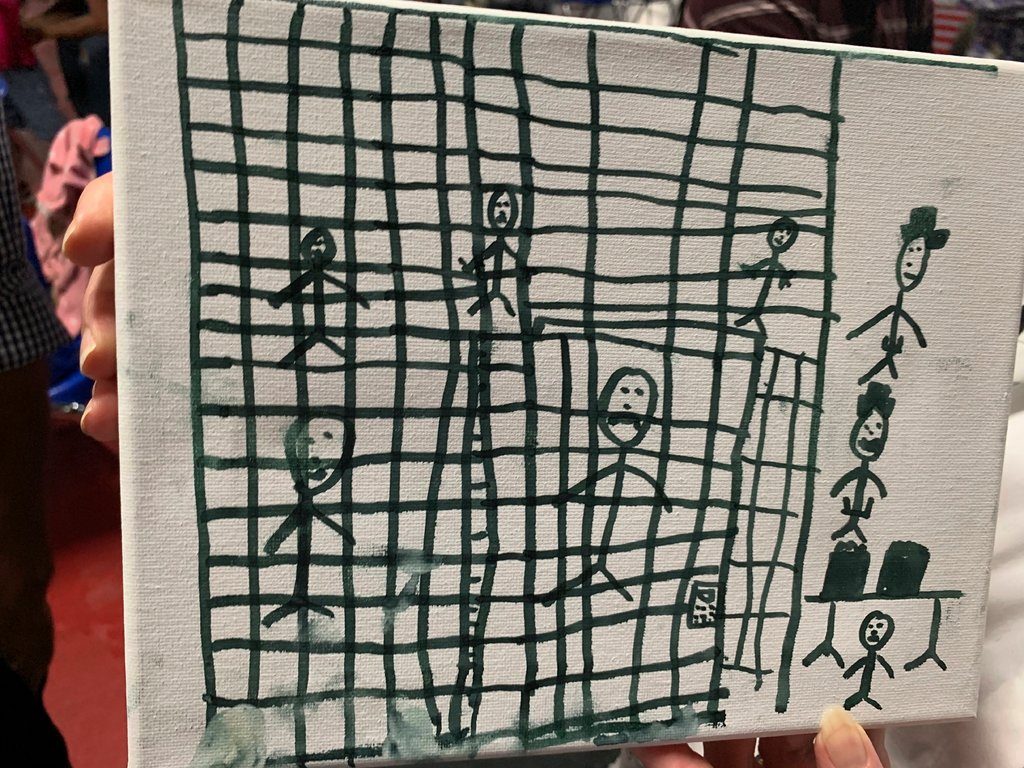This Week in the Art World: Shifts in Beijing’s art scene, a conclusion to Pace’s lawsuit, important acquisitions by the Smithsonian and more [15th July 2019]
The excitement surrounding the high-octane sporting events over the weekend was palpable here in London at Artvisor’s headquarters. Here’s what you might have missed during the weekend, plus the latest breaking art world news to start off your week.
The end of last week saw a major shift in the Beijing art scene, with the announcement of the closure of Pace Beijing Gallery. Citing the US-China trade war, restrictions on flows of money and high import and sales taxes, Arne Glimcher, founder of Pace, did not hesitate to make fiery indictments of the Chinese art market. [via South China Morning Post and Art Market Monitor]
This was followed by reports on Friday that Beijing police have evicted two art districts for demolition, reportedly part of China’s campaign to combat mafia activity. Hundreds of artists in Beijing’s well-known art districts Luomahu (Roma Lake Art District) and Huantie Art District were left marooned with little notice and no sign of compensation for the artists. Such crackdown on artist districts has left commentators questioning the direction the mainland Chinese art market will take. [via The Art Newspaper]
Pace has also been making headlines elsewhere in the world. A judge has thrown out a lawsuit launched by James Mayor Gallery against Glimcher, his son (the president of Pace) and Tiffany Bell, editor of the Agnes Martin catalogue raisonné published by Artifex Press. The dealer James Mayor claims that the defendants are abusing their power to “unlawfully [declare] that thirteen authentic Agnes Martin artworks are fakes, resulting in a loss to The Mayor Gallery LTD of more than $7 million.” However, Mayor’s attorney Mel Leventhal announced that Mayor plans to appeal, adding that they are encouraged by TEFAF’s new ‘global vetting policy’. Under this policy, art dealers and auction house experts will no longer be voting members on TEFAF Vetting Committees. [via Artnet]
Smithsonian National Museum of American History has announced plans to acquire drawings made by migrant children. A staff member of the American Academy of Pediatrics who toured detention facilities at the border received a set of them, featuring depictions of bars, cages and experience under detention. In their press release, the museum states a responsibility to document history in a humanitarian appeal to affect change in the treatment of detained migrant children by the American government. Commentators have so far made no judgement on the effectiveness of such an acquisition that might be criticised for its spectacularising effect. [via Blouin Art Info (paywall)]

Credit American Academy of Pediatrics, via Associated Press
Finally, Augmented Reality (AR) has arrived at London’s Serpentine Galleries, which sees its first Augmented Architecture commission. Jakob Kudsk Steensen’s The Deep Listener takes you on a sci-fi-geographical journey into Kensington Gardens. The gallery is known as an early adopter of Virtual Reality (VR), and Artifical Intelligence (AI). This project, developed in conjunction with Google Arts & Culture, is novel in its comparison practically to VR works. Any viewer with a mobile device can access the work, avoiding the issue of long queues and external headsets. Produced after the artist spent months “embedded” in the park, the work opens the shuttered windows of the Serpentine to the surrounding landscape. [via The Art Newspaper]

Interested in more art world news and commentary? Watch out for our forthcoming article on the fantasy landscapes of Raqib Shaw, Lu Song and Kenny Scharf.

![1.hero+copy This Week in the Art World: Shifts in Beijing’s art scene, a conclusion to Pace’s lawsuit, important acquisitions by the Smithsonian and more [15th July 2019]](https://www.artvisor.com/wp-content/uploads/2019/07/1.herocopy-860x484.jpg)